Over two centuries of the Parisian jewelry house’s archival illustrations come to life in a book on its nature-inspired creations.
If a picture is, as the saying goes, worth a thousand words, then a new book that collects drawings from Chaumet’s archives conveys whole conversations about the beautiful jewels the Parisian maison has created since its founding.
Spotlighting 300 images — many of them previously unpublished — Chaumet: Drawing from Nature explores the flora, fauna and cosmic phenomena that inspired the house’s jewelry designs from the 18th century through today. (Founder Marie-Étienne Nitot established the maison in 1780, even though it only got its current name in 1889 after Joseph Chaumet took over the company.)
Author Gaëlle Rio, chief curator and director of the Musée de la Vie Romantique in Paris, puts the firm’s fascination with the natural world into an art-history perspective, showing how it translated these themes into breathtaking jewels over the decades.
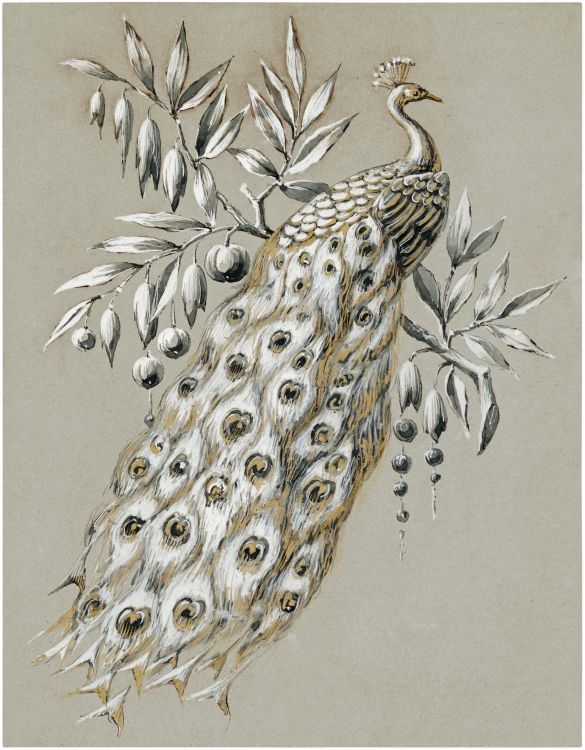
The majority of the 66,000 drawings Chaumet produced in the last 240-plus years are from the 19th century, notes Rio, but “there is also a particularly substantial series preserved from the years 1890 to 1930.” The illustrations record the jewels’ size, materials, and design intricacies, chronicling the maison’s artistic evolution as it interpreted the popular motifs of the times.
Approximately half of the archived drawings feature natural elements as diverse as stars, feathers, coiled snakes, clover leaves, palmettos and flowers. Some represent imperial commissions from the jeweler’s earlier history — 1805 to 1811 — including Charlemagne’s crown and Napoléon’s Gladius sword. Some are based on historical symbols: the bee as an emblem for Napoléon’s empire, for instance, or wheat as a symbol of prosperity. They span a variety of jewelry types, including tiaras, brooches, stomachers and aigrettes, and the artistic media range from pencil to watercolor, ink, and gouache.
The book’s four sections cover different categories of Chaumet’s natural designs: “Flowers,” “Trees and Plants,” “Bestiary” and “Universe.” To help the reader appreciate the themes’ appeal, the volume includes essays by Marc Jeanson — botanical director of the Jardin Majorelle in Marrakech, Morocco — as well as literary quotes on nature.
The lavish drawings represent the first steps in a jeweler’s creative process, bringing the initial idea to life and serving as a technical guide to crafting the piece, Rio writes. From first sketches to final drawings, she says, these detailed images illustrate the “enduring connection with the timeless beauty of nature” and acquire their own status as works of art.

Chaumet: Drawing from Nature was published in September by Thames & Hudson. On the cover: Necklace with wheat and flower motifs,
Joseph Chaumet, drawing studio, c. 1890. (Thames & Hudson/Chaumet, Paris)
Main image: Design for an aigrette with crescent moon and stars by Joseph Chaumet. (Chaumet Archives)

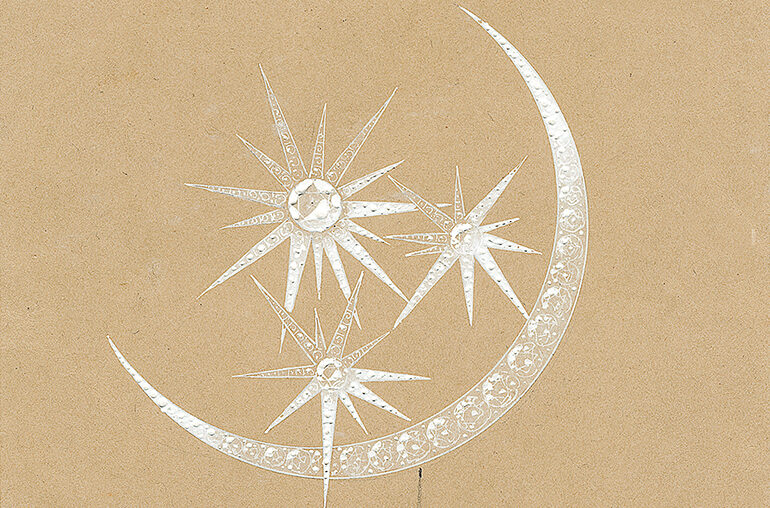
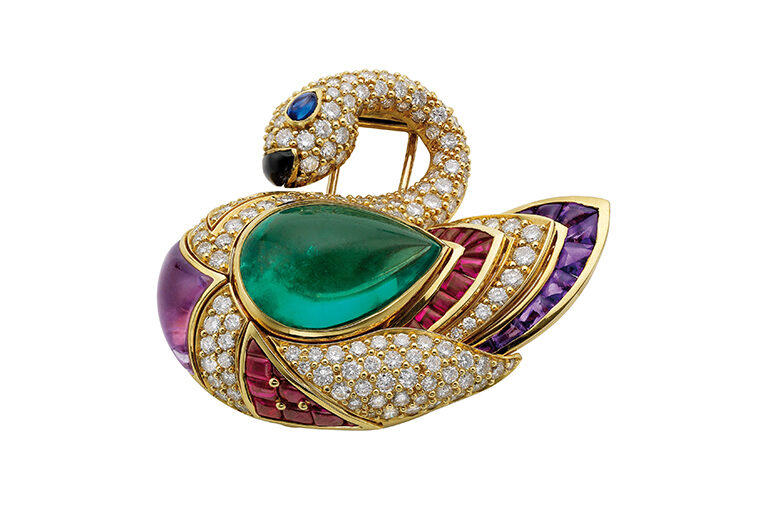
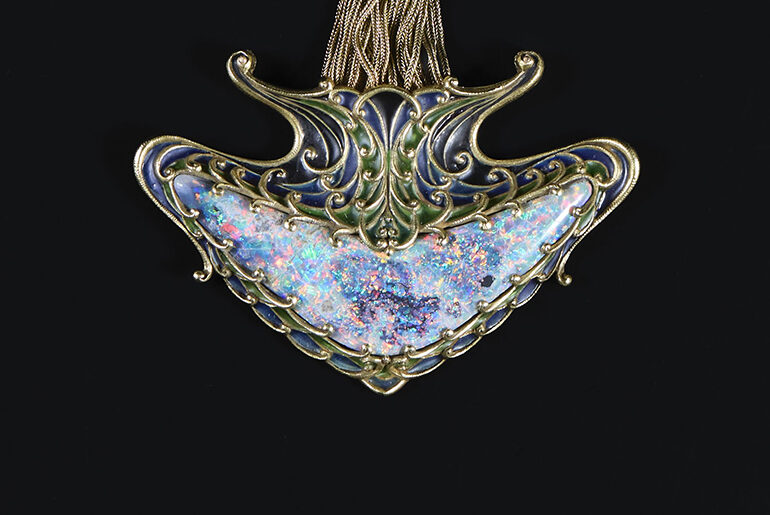
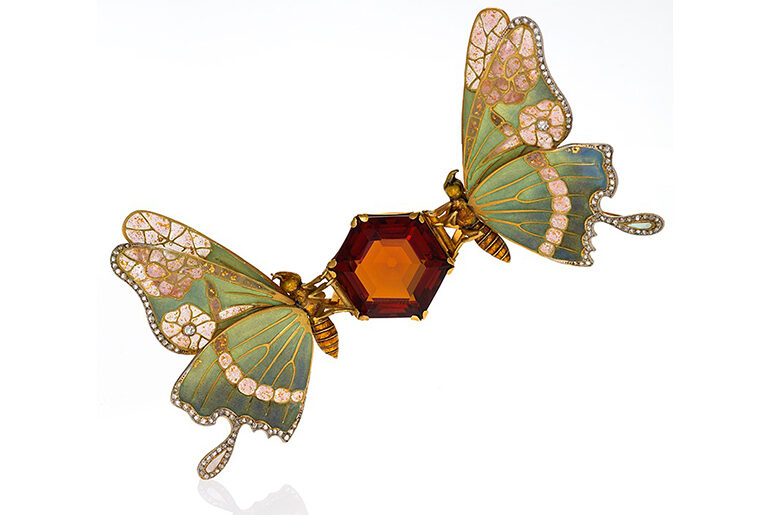
Comments are closed.